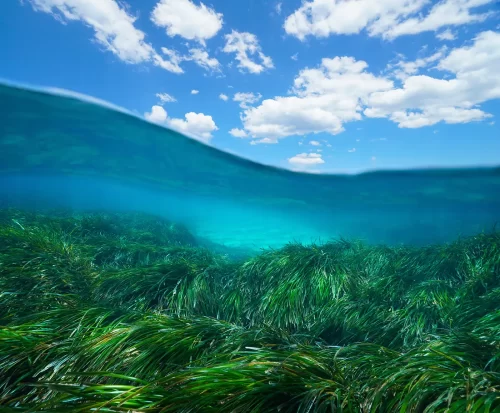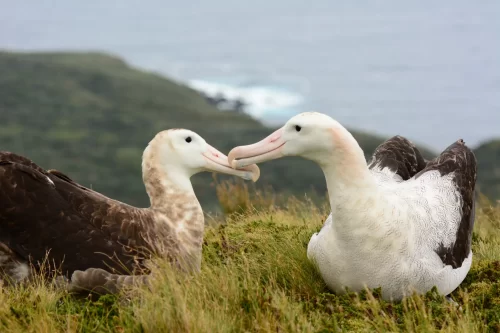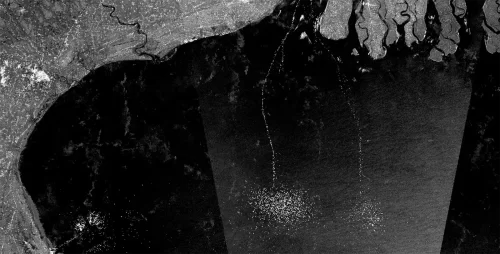Costa Rica and Ecuador will join the Global Fishing Watch platform, furthering accountability of fishing activity in the region
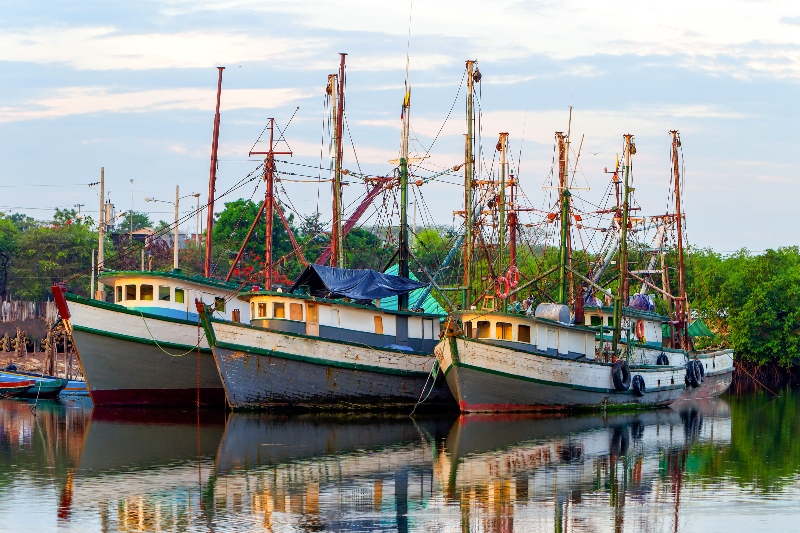
A new era of transparency in fisheries management is emerging in Latin America. Since 2018, Peru, Chile, and Panama and more recently, Costa Rica and Ecuador, have begun to adapt the orthodox, and not always successful, method of monitoring, control and surveillance (MCS) to that of a renovated system based on transparency and technology.
These countries have successfully kicked off a chain reaction that is beginning to remove mistrust towards a collective MCS program. Such changes—the shift in attitudes regarding fisheries transparency, coupled with advancements in technology—are important not only for each of these countries individually but also for the region itself. In fact, these changes create a powerful opportunity for a regional view on transparency leadership. Today, effectively addressing environmental concerns requires cooperative action at multiple intersecting levels. Transparency is the structure by which such regional cooperation is held together.
Advances in technology have always driven new approaches to ocean management. This is not just specific to Latin America. Technology has shaped each new evolutionary stage in countries’ relationships with the ocean. Scientific advancements in the 1970s and 1980s promoted the adoption of the United Nations Convention on the Law of the Sea. In the 1990s, a technological increase in fishing capacity gave rise, for the first time in the international arena, to an unprecedented level of overfishing, the resulting degradation of resources and the significant economic loss. And, in the 2000s, fisheries technology contributed to the consolidation of the concept of illegal, unreported and unregulated (IUU) fishing. In effect, this concept followed the new capabilities of MCS over different situations in practice. In other words, technology opened the door to new ways of understanding fisheries fluctuations. Moreover, in the past decade, advanced vessel tracking, satellite systems, cloud computing, big data analytics and machine learning technology have allowed us to move towards increasing transparency in fisheries.
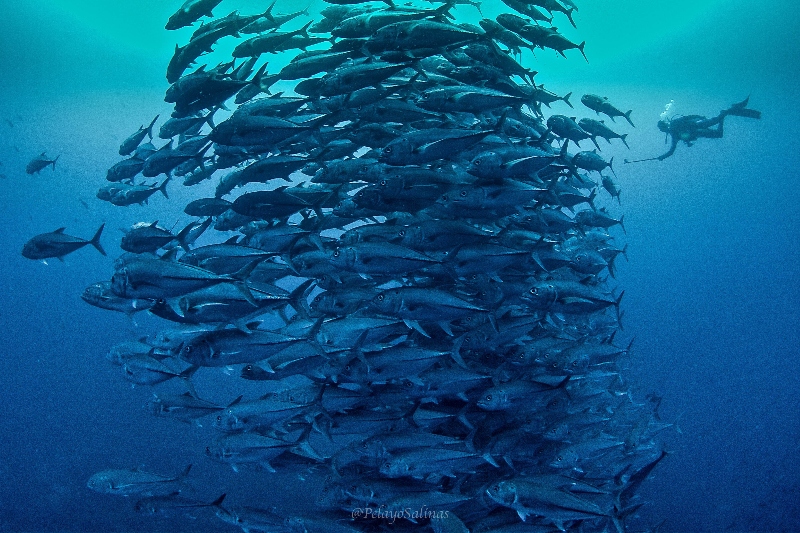
Latin America, with waters rich in biodiversity, has led the way when it comes to embracing transparency in fisheries. As pioneers in introducing new ideas to the law of the sea (such as that of the exclusive economic zone, the maritime area extended 200 nautical miles from a country’s coast), the region has also led the way in how to translate new developments and challenges into better ocean management regimes. This is true for transparency in fisheries management today. Some might say that the word ‘transparency’ carries a different emotional charge in some languages or cultures. To talk about ‘transparencia’ in Spanish often implies that the underlying activity carries suspicions of improper conduct, particularly in the management of public funds. Therefore, if one talks about transparency, there is an unspoken negative connotation of improper conduct behind it.
However, there is a stronger positive connotation – one of clarity and solutions – that the Latin American region is now embracing. Transparency makes it possible to bring complex fisheries management dynamics to light, bringing visibility to operations that have been hidden by the characteristics of the ocean itself—deep, dark, and mostly out of sight. Technology brings us closer to activities taking place at sea. It transforms actions that have historically taken place in darkness, away from the vast majority of human eyes, into something that can be seen, and therefore properly managed.
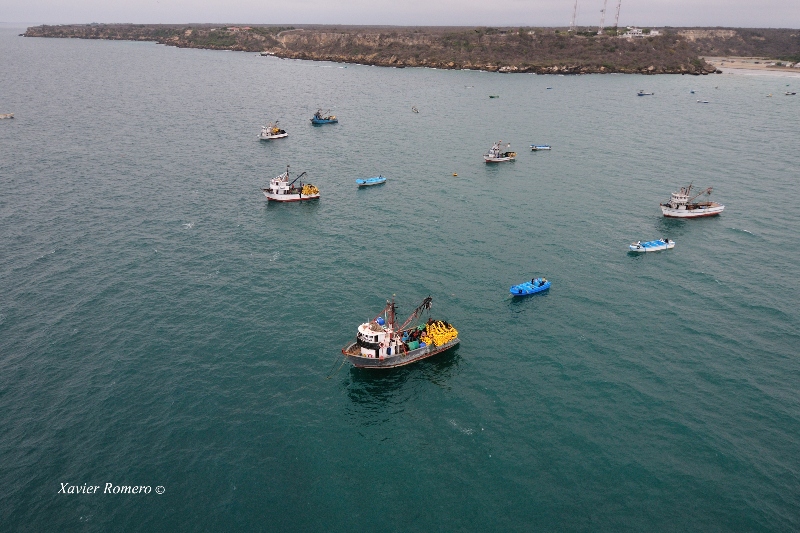
In Latin America, beyond government leadership to protect the region’s rich biodiversity, citizens are becoming increasingly committed to managing fisheries resources. Today, transparency supports fisheries management efforts and is a key concept in the process of sailing towards sustainability in Latin America. Peru, Chile and Panama made their data accessible to all people around the world through our platform and provided visualization tools for a better understanding of ocean’s activities. Now Costa Rica and Ecuador, with the same spirit of transparency, have decided to publish vessel data to the Global Fishing Watch map, not only to implement the new MCS technology but also protect years of traditional fishing knowledge – a cornerstone for many local communities.
The lessons we are learning as a consequence of the COVID-19 pandemic, coupled with recent events in the fishing sector that have strongly impacted public opinion in the region, are transforming accessible technology into a tool that can place us at the dawn of an era of transparency in fisheries management. Fortunately and gradually, knowing and controlling the activities of foreign vessels has already become a matter of public opinion and interest in Latin America.
Alejandro Canio is a program officer for Global Fishing Watch and helps advance fisheries transparency in Latin America.
